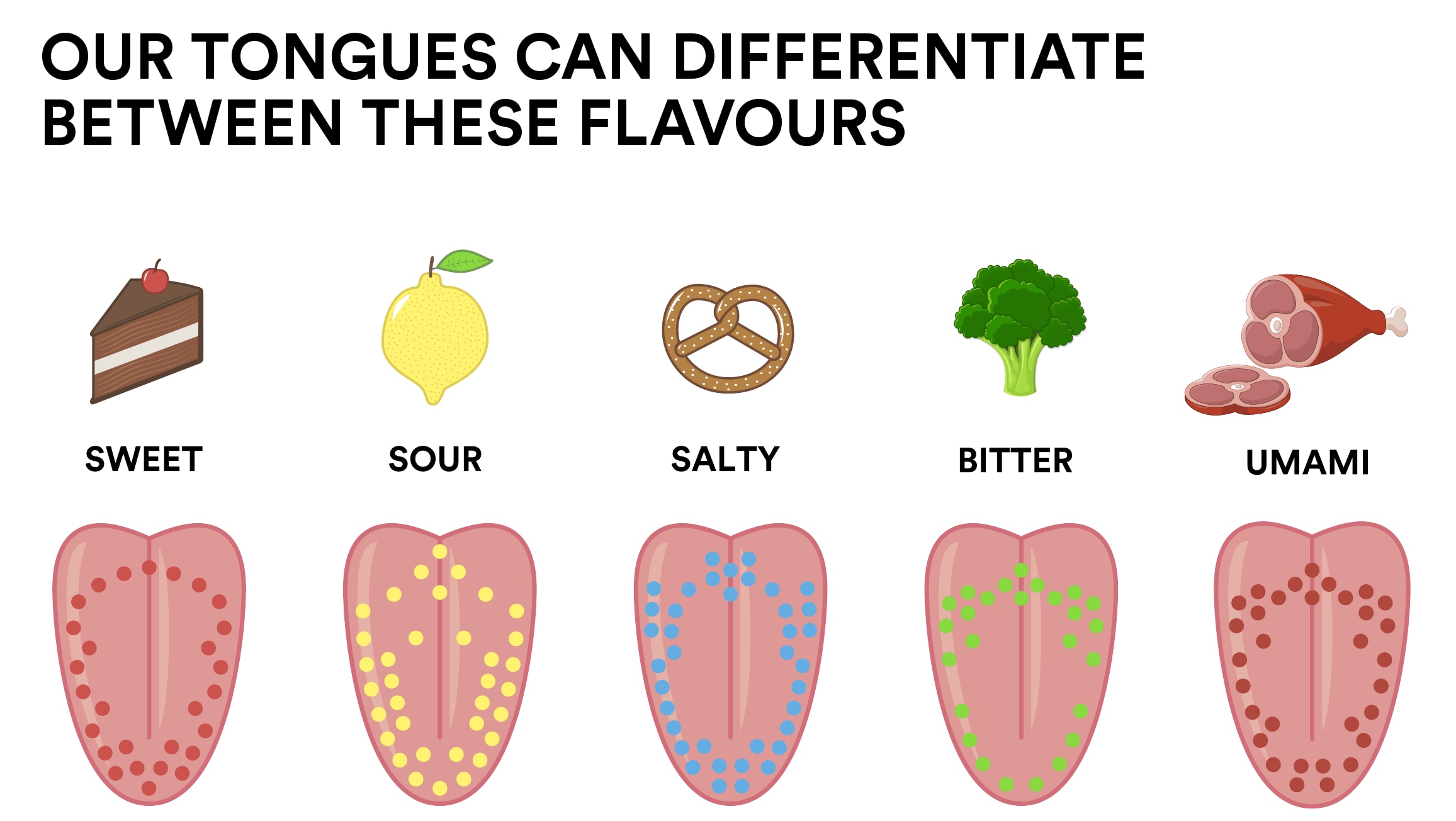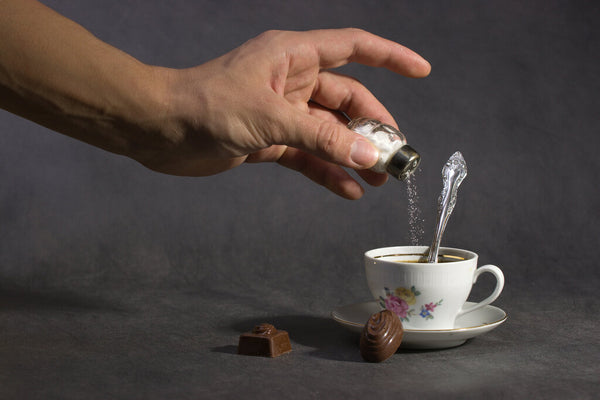How to Taste Specialty Coffee Beans
You just had a sip of coffee, and someone asks you, “How does it taste?”
Your mind goes blank. Meanwhile, the coffee experts around you are tossing out words like fruity, honeyed, or floral like they’re describing a perfume.
And you’re standing there like, “Uhh… bitter?”
Ever wondered how they come up with all those fancy flavor notes? Are they just making it up? (Spoiler: No, but it definitely feels like it sometimes.)
Today, we’re diving into the wonderful (and a little weird) world of coffee tasting. We’ll break down the basics, help you describe what you’re experiencing, and get you a step closer to saying what you like in coffee and why — so you can buy better, brew better, and honestly, enjoy it more. Plus, once you start this journey, there’s no going back. Even barista champions say they’re still learning after 10+ years. So you’re in good company.
What can we learn
Why Coffee Tasting is a Thing
Let’s be real — baristas aren’t just glorified button-pushers. Good ones know their beans, roasting styles, and brewing methods. In the coffee world, tasting is called “cupping,” and guess what? You can do it too, right at home.
Let’s start by setting up your own mini cupping session.
Cupping Setup 101
You’ll need at least two different coffees to compare side by side. If you can manage three or four, even better. Just brew them the same way and get ready to sip, sniff, and swirl like a pro.

Part 1: The Aroma – Smell First, Sip Later
Before your tongue even gets involved, your nose is already hard at work. Aroma is the first clue your coffee gives you about what’s to come — it’s the teaser trailer for the full flavor experience.
But don’t brush it off as “just a smell.” Aroma is massively important. In fact, around 80% of what we taste actually comes from our sense of smell. If you’ve ever tried to eat with a blocked nose, you already know how much you miss out on.
When it comes to evaluating coffee aroma, we usually focus on two main things:
- Intensity – How strong is the smell?
- Quality – How good, clean, or pleasant does it smell?
Let’s sniff this out together. 👇
Intensity -- The Strength of the Smell
Intensity is about how powerfully the aroma hits your nose.
Some coffees announce themselves the moment you open the bag. You get smacked with rich, bold smells like chocolate, spices, or roasted nuts — and you just know it’s going to be a good cup. That’s high intensity.
Other coffees might be more subtle — delicate florals, light citrus, or tea-like notes. They’re soft-spoken but still full of character. That would be low to medium intensity, but not necessarily a bad thing.
Intensity is easier to detect when the coffee is freshly ground. So, before you brew, take a good whiff of the grounds and notice:
- Is it bold and obvious, or soft and shy?
- Does it fill the room or stay close to the cup?
Just like a song can be loud without being good, a coffee can smell strong but still not pleasant. Which brings us to…
Quality – The Smell’s Vibe Check
Quality is about the finesse and clarity of the aroma. You’re asking: does this smell nice? Is it clean and natural, or weird and off-putting?
A high-quality aroma might remind you of specific things — ripe berries, toasted almonds, caramel, jasmine, honey. These are all signs of well-grown, well-roasted coffee.
A low-quality aroma could be musty, burnt, stale, or chemically. These smells are often signs of poor processing, over-roasting, or old beans that have lost their sparkle.
If you’re not sure what you’re smelling, try to compare two coffees side by side. You’ll start to notice differences — one might smell richer, the other brighter. Take notes. Get curious.
Training Your Nose - Yes, you can
Here’s how to improve your sniffing skills:
- Smell more things, on purpose. Open your spice rack, sniff fruit, tea, chocolate, herbs. Your brain stores these scents like a library.
- Sniff your coffee at different stages:
- When you open the bag
- After grinding
- While it’s brewing
- When it’s cooling down
Different aromas show up at each stage. The coffee changes as it cools, and sometimes the best aromas come out when it’s not even piping hot.
Part 2: The Taste Breakdown – It’s More Than Just "Bitter"
Tasting coffee is kinda like getting to know a person. At first, it might seem simple — maybe even one-dimensional. But the more time you spend, the more layers you uncover. Coffee has its own personality, and it speaks through six major traits: sweetness, saltiness (kind of), acidity, bitterness, body, and aftertaste.
Let’s take a closer look at each of them so the next time you sip your brew, you’ll know exactly what’s going on.
First, let’s do a quick refresher on where different tastes are picked up on the tongue. Your tongue isn’t just one big flavor sponge — different areas are more sensitive to different tastes. Understanding this can help you figure out what you’re tasting and where you’re tasting it.
Now let’s break down the flavors in more detail:

Sweetness — But Not Like Candy
If someone says the coffee is “sweet,” don’t expect it to taste like sugar. It’s not that kind of party. We’re not talking about the sugar-sweet you’d get from dessert. It’s more natural, more subtle — think ripe fruit, honey, or milk chocolate vibes. You won’t find this sweetness in every cup, but when it’s there, it creates a smooth, pleasant foundation that balances out any bitterness or acidity.
This sweetness comes from the coffee cherry being harvested at peak ripeness, processed with care, and roasted to bring out its natural sugars. A coffee with good sweetness feels round, comforting, and well-balanced — kind of like the audio in your favorite song: nothing too loud, nothing missing.
Wanna train your palate? Taste two coffees side by side. Ask yourself: which one feels smoother? Which one lingers a little sweeter on your tongue? That’s your clue.

Salty — Wait, What?
Okay, let’s be clear: coffee isn’t salty naturally. I’m putting it here because we do have that taste buds in our tongue.
BUT! Some people add a pinch of salt on purpose to their coffee to reduce bitterness and enhance sweetness. It’s kind of like seasoning food — a little goes a long way. In specialty tasting, though, we’re not looking for salt. If it’s there naturally (which is rare), it’s usually considered a flaw.
So unless you’re experimenting, you can kind of skip salt on your tasting checklist.
Acidity — The Controversial One
Think of it like the brightness in fruit — that crisp, juicy pop you get from biting into an apple, a berry, or a slice of citrus. In coffee, acidity brings life and vibrancy. It makes the flavors feel more dynamic and helps highlight fruity and floral notes.
Different origins bring different types of acidity. Coffees from Ethiopia, Kenya, and Colombia tend to have more pronounced acidity — often described as wine-like, zesty, or tangy. On the tongue, you’ll feel acidity more around the sides of your mouth and sometimes under your tongue, especially if the coffee makes you salivate a bit.
Too much acidity, though, and the coffee might taste sour or unbalanced. Too little, and it might feel flat or dull. The magic lies in that perfect middle ground, where acidity lifts the flavors without overpowering them.

Bitterness - The Dark Side
Bitterness isn’t evil. It adds depth and complexity, especially in darker roasts and espresso.
Bitterness is often the first flavor people associate with coffee — and for good reason. It’s there, especially in darker roasts, espresso shots, or robusta-heavy blends.
But bitterness isn’t always bad. In the right balance, it adds depth, richness, and complexity. Think dark chocolate, toasted nuts, or even that pleasant sharpness in a strong black tea.
You’ll usually detect bitterness at the back of your mouth, especially after you swallow. A good bitterness will feel integrated — like it belongs. But if it overwhelms the other flavors, it might mean the coffee was over-roasted, brewed too long, or made with low-quality beans. That said, too much bitterness = blegh. Over-roasted or cheap Robusta beans are often to blame.
Like everything in coffee, bitterness is about balance. When it works, it rounds out the taste and adds a grown-up edge. When it doesn’t… it’s just harsh.
Body – How Coffee Feels, not the flavour
Flavor gets all the hype, but body is just as important. This is about texture — how the coffee feels in your mouth. Is it light and tea-like? Thick and creamy? Oily? Silky? Grainy?
We call this mouthfeel, and it’s basically the “weight” of the coffee. You’ll notice it as you swirl the coffee around and after you swallow. The best way to imagine it is to compare skim milk and whole milk. One is thin, the other is rich. Same with coffee.
Light-bodied coffees tend to feel clean and crisp, while full-bodied ones feel heavy and comforting — like a cozy sweater for your tongue. Neither is better; it’s just about what you enjoy.
Pro tip: Higher altitude beans tend to have more developed bodies, as they’re denser and pack more flavorful compounds. So if you’re into mouth-coating, luxurious sips — hunt for those high-grown beans.

Aftertaste - The Grand Finale
Aftertaste is the grand finale of your coffee-tasting experience — the moment after you’ve swallowed your sip and you’re left with a trace of flavor still dancing around your mouth. Sometimes it’s subtle. Other times, it’s so complex and pleasant, you’re tempted to go in for another sip just to relive it.
There are two main ways we judge aftertaste:
👉 Quality – How good is the flavor that lingers?
👉 Persistence – How long does it stick around?
Let’s break those down.
Quality of Aftertaste
Was it worth the sip?
Not all aftertastes are created equal. Some coffees leave you with smooth, elegant flavors that unfold slowly — like a good movie with a satisfying ending. You might notice rich chocolate, toasted nuts, warming spices, or soft fruity sweetness lingering at the back of your throat.
These are signs of a high-quality aftertaste — clean, balanced, and enjoyable. Sometimes, the aftertaste even reveals flavors you didn’t catch while sipping. That’s when you know the coffee’s got character.
But on the flip side, a low-quality aftertaste can totally ruin the experience. If your mouth feels dry, or you’re tasting ash, sourness, or anything that reminds you of burnt toast — yeah, not great. It’s like a song that starts well but ends on a jarring note. And unfortunately, a bad aftertaste can hang around longer than you’d like.
Persistence of Aftertaste
How long does it last?
Persistence is all about duration. Some coffees fade quickly — you swallow, and within seconds, the flavor is gone. That’s what we’d call a short or weak aftertaste. It might be clean, but it doesn’t leave much of an impression.
Other coffees? They linger. You’ll still be tasting them 30 seconds… one minute… sometimes even up to 15 minutes later (especially with espresso). This is called a persistent aftertaste, and it’s often what sets apart a good coffee from a great one.
Just remember: longer doesn’t always mean better. A coffee can be persistent and unpleasant. Like that one guest who overstays their welcome.
So what you really want is a pleasant persistence — a flavor that sticks around in the best way possible. Something that feels complete, satisfying, and makes you go, “Mmm, that was nice.”
👀 So, How Do You Evaluate Aftertaste?
After you sip, pause. Don’t rush to the next cup. Give it a good 30 seconds and ask yourself:
- What flavors are still hanging around?
- Are they pleasant or weird?
- Do they change over time or stay the same?
- How long can I still taste it?
- Do I want to go back for more?
This is your moment of reflection — a chance to really appreciate how the coffee finishes its story.
Part 3: Brewing Basics – Your Coffee, Your Way
Quick note: how you brew changes everything.
- Cold brew: More chocolatey, less acidic
- Espresso: Bright, intense, complex
- Hot water temperature: Hotter = more bitter, bolder. Cooler = sweeter, lighter.
So if your favorite bean tastes off, try a different brew method before blaming the coffee.
Final Sip: Stop and Smell the Coffee
Next time you make coffee, pause. Take a deep breath. Smell it. Sip slowly.
Now that you know what to look for — aroma, sweetness, acidity, body, aftertaste — you’ll start noticing way more than just “bitter.”
And that’s the fun of it. You’re not just drinking coffee — you’re experiencing it.
So go forth, taste boldly, and remember: there’s no right or wrong. Just what you like.
